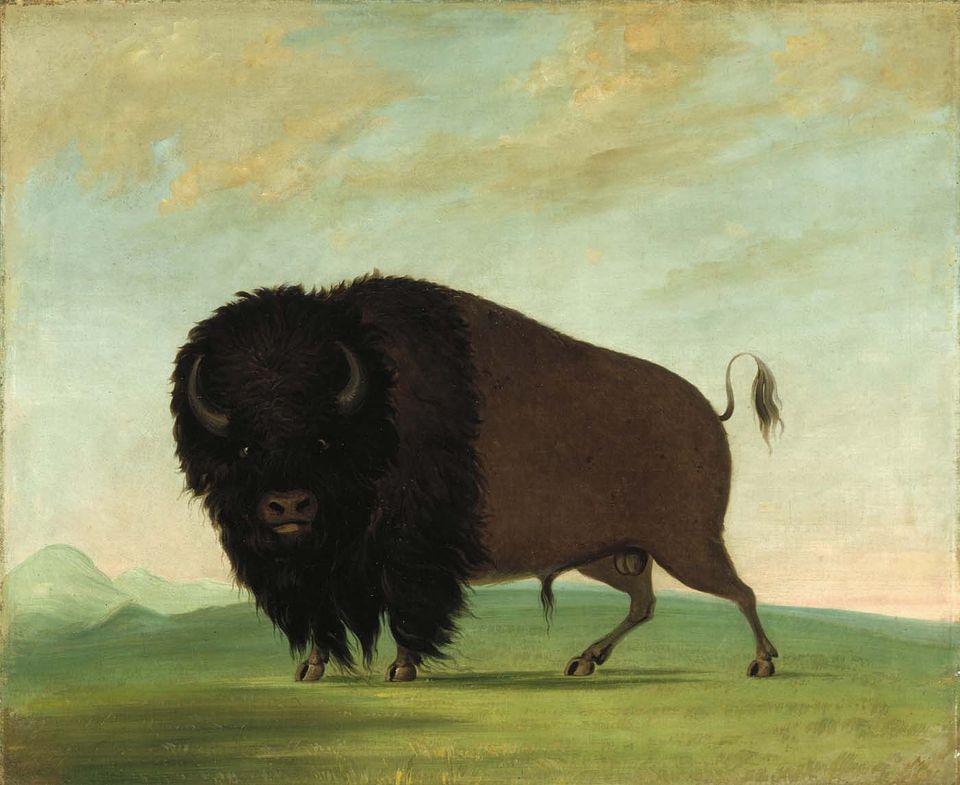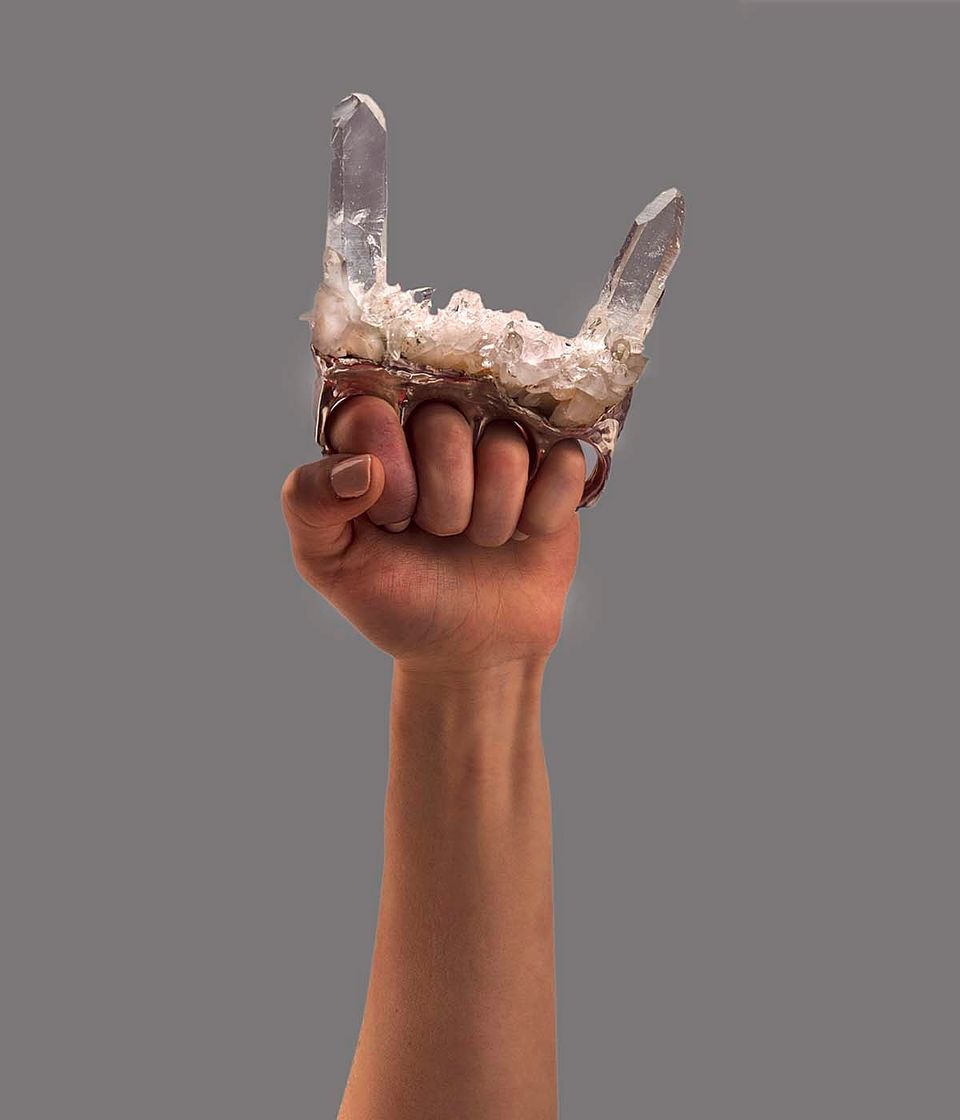Julian Martinez
- Also known as
- Pocano
- Born
- San Ildefonso Pueblo, New Mexico, United States
- Died
- San Ildefonso Pueblo, New Mexico, United States
- Active in
- Santa Fe, New Mexico, United States
- Biography
Although Julian Martinez (San Ildefonso Pueblo) created many paintings on paper, he is best known for his collaborations with his wife, the potter Maria Martinez (San Ildefonso Pueblo). Maria formed and polished the elegant vessels and Julian applied the painted decoration. Although they occasionally created vessels with colored designs, the couple gained an international reputation for their wok with matte black decorations on polished black surfaces.
In part, the national popularity of their pottery can be attributed to the ease with which the smooth, geometric shapes matched the art deco style of design of the 1930s and 1940s, or as Maria simply put it: "Black goes with everything." Julian painted the small Bowl (see illustration, page 2), which was formed by Maria with the Avanyu or horned serpent that also appears in his watercolor painting of Avanyu.
Andrew Connors Pueblo Indian Watercolors: Learning by Looking, A Study Guide (Washington, D.C.: National Museum of American Art, 1993).
- Artist Biography
Maria Montoya Martinez, a Tewa Indian of San Ildefonso Pueblo, learned to make pottery as a young girl. When Kenneth M. Chapman, an associate of Edgar L. Hewett, encouraged local potters to recreate the shapes of ancient pots excavated near the pueblo from 1907 to 1909, Maria and her husband, Julian, began a decade of experimentation that led to their first black-on-black pieces in 1918. Maria made the pots by the ancient method of hand coiling clay; Julilan, a skillful self-taught painter, decorated them. Increasingly, they worked in the new burnished blackware, turning away from the traditional, polychrome pottery of San Ildefonso. In his watercolors as well as his pottery decoration, Julian excelled in painting geometrically sylized forms, expecially birds and serpent figures. Credited with revitalizing a moribund pottery tradition, the Martinezes had won international honors by the time Julian died in 1943. Maria demonstrated pottery making at every world's fair until World War II and trained three younger generations of her family.
Charles Eldredge, Julie Schimmel, and William H. Truettner Art in New Mexico, 1900–1945: Paths to Taos and Santa Fe (Washington, DC: National Museum of American Art, Smithsonian Institution, 1986)















